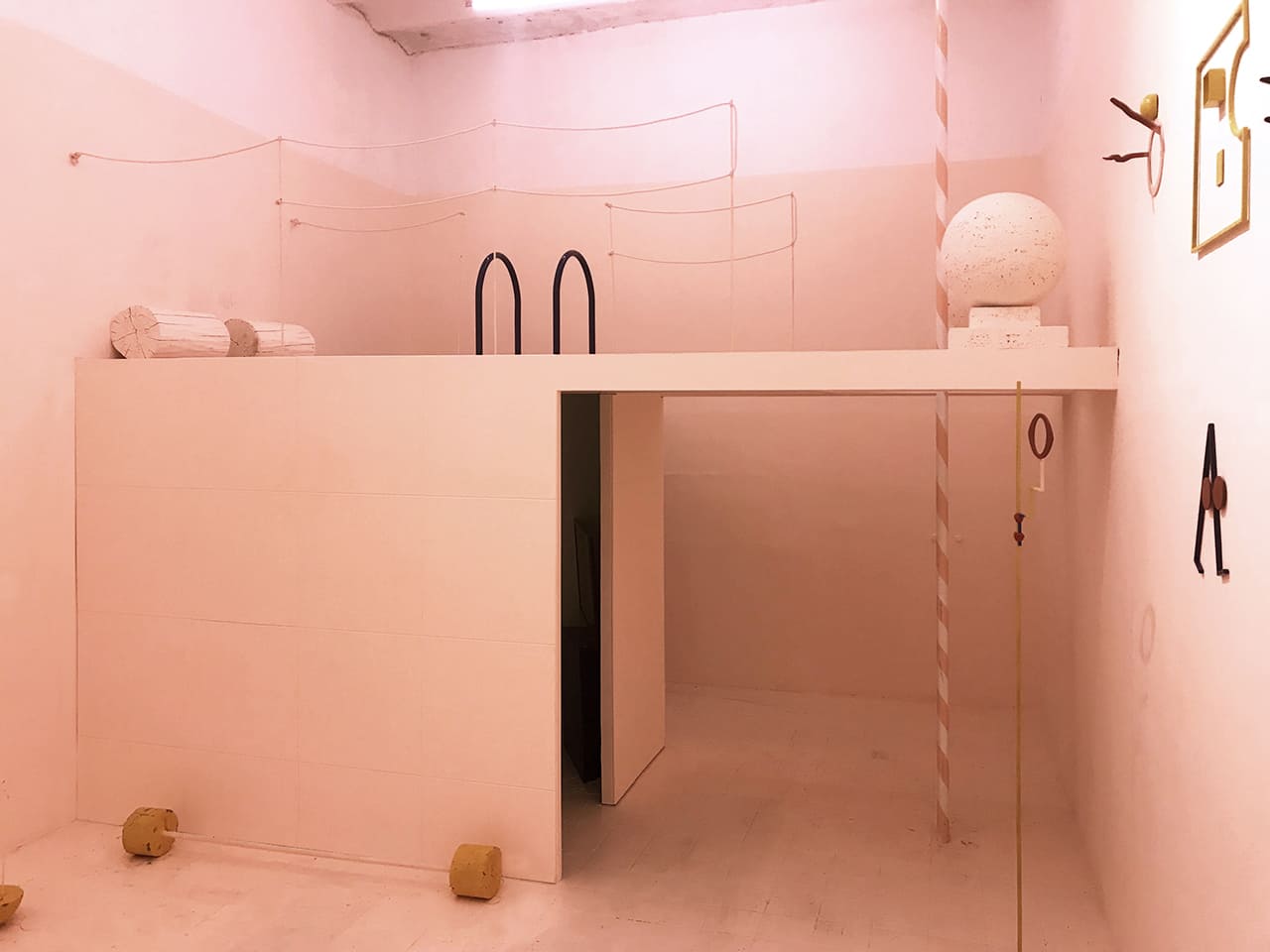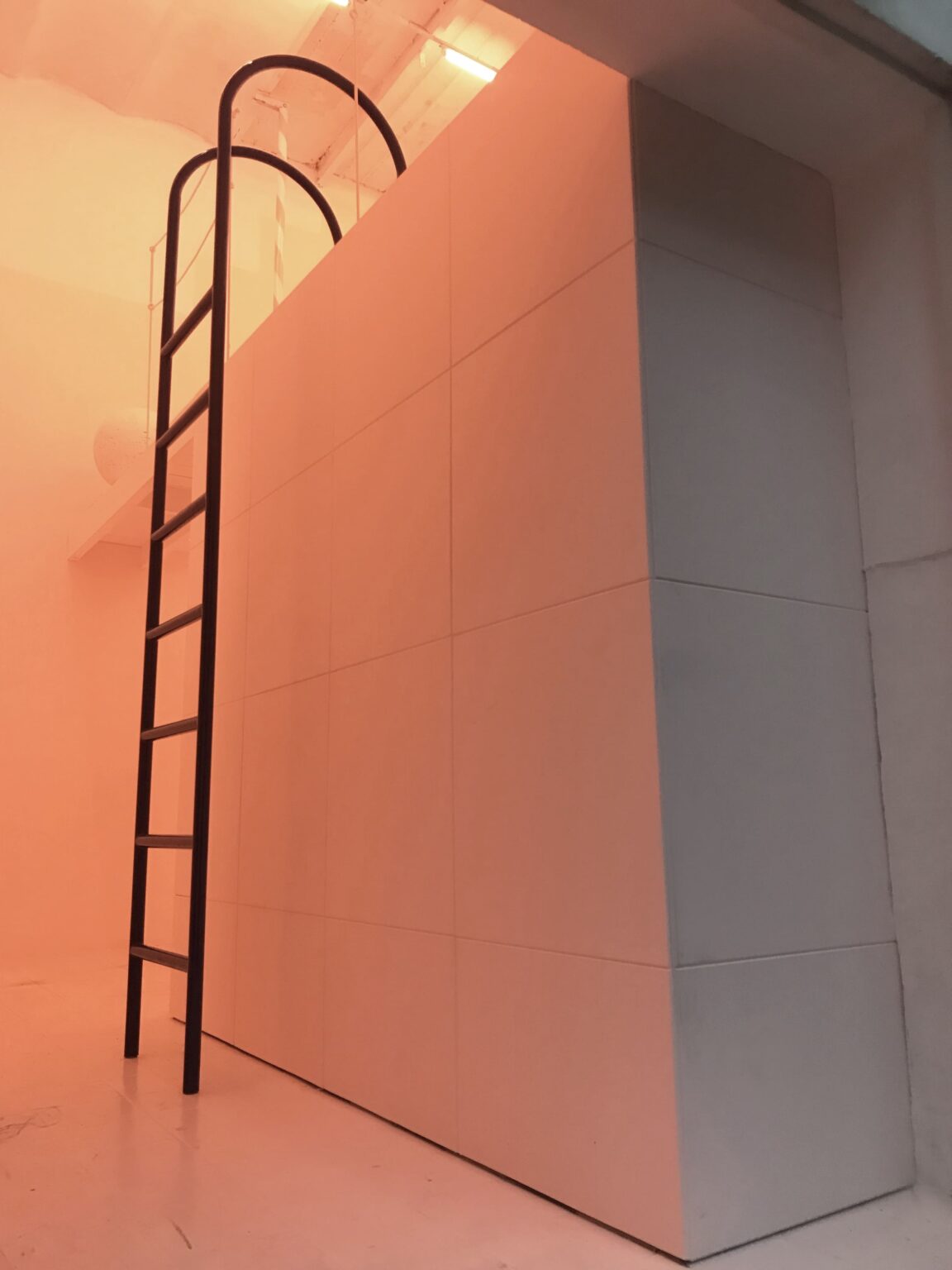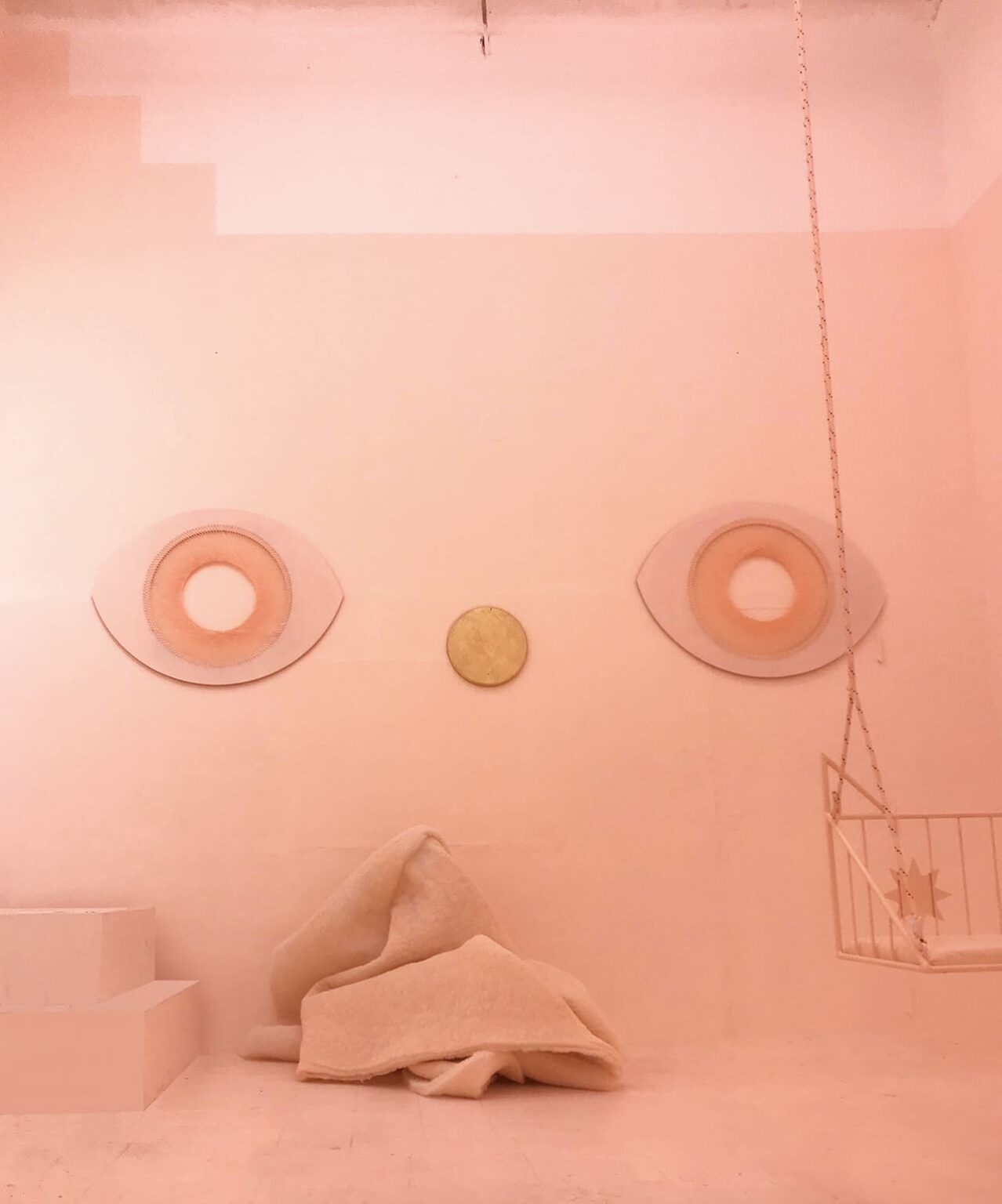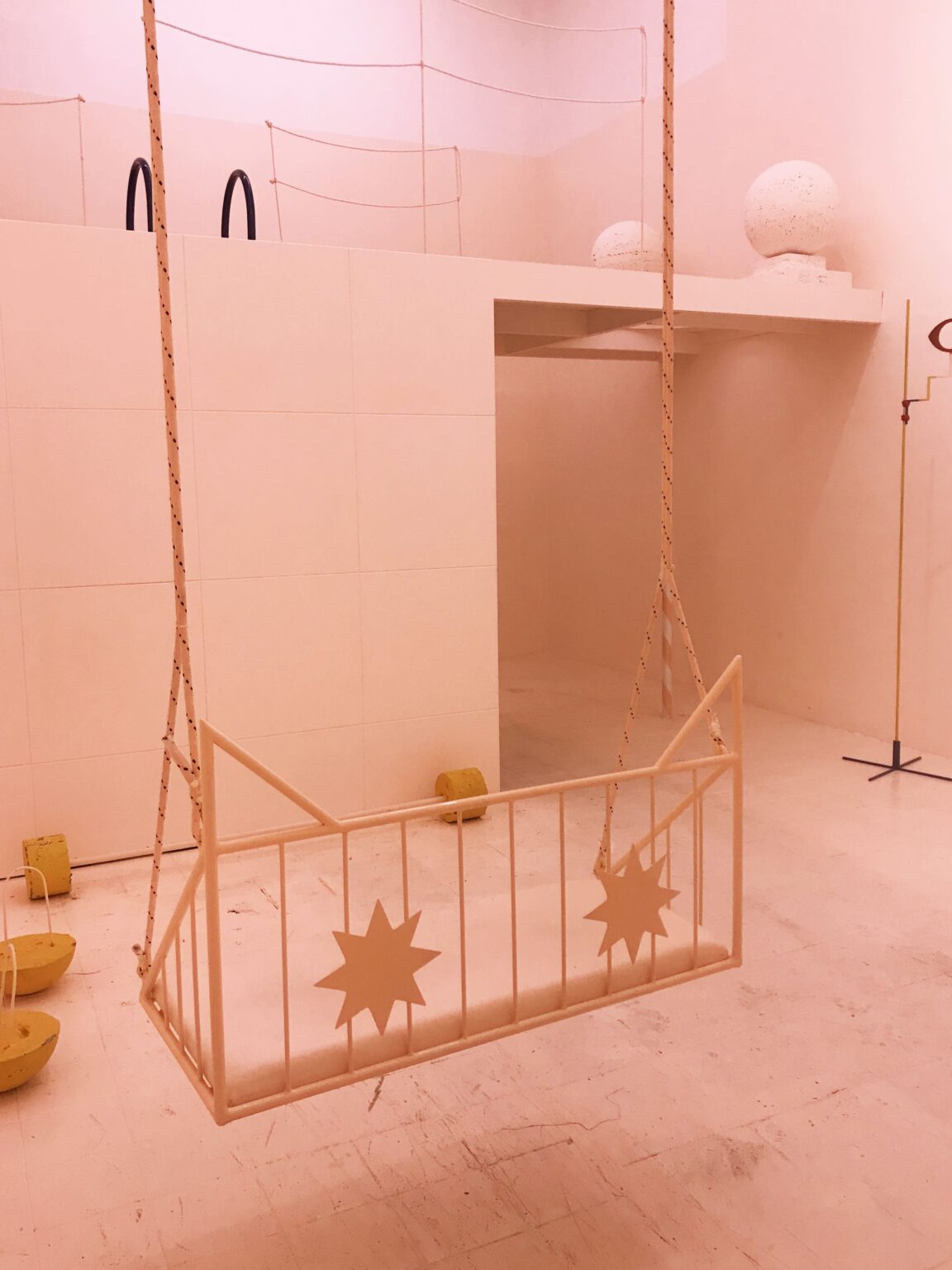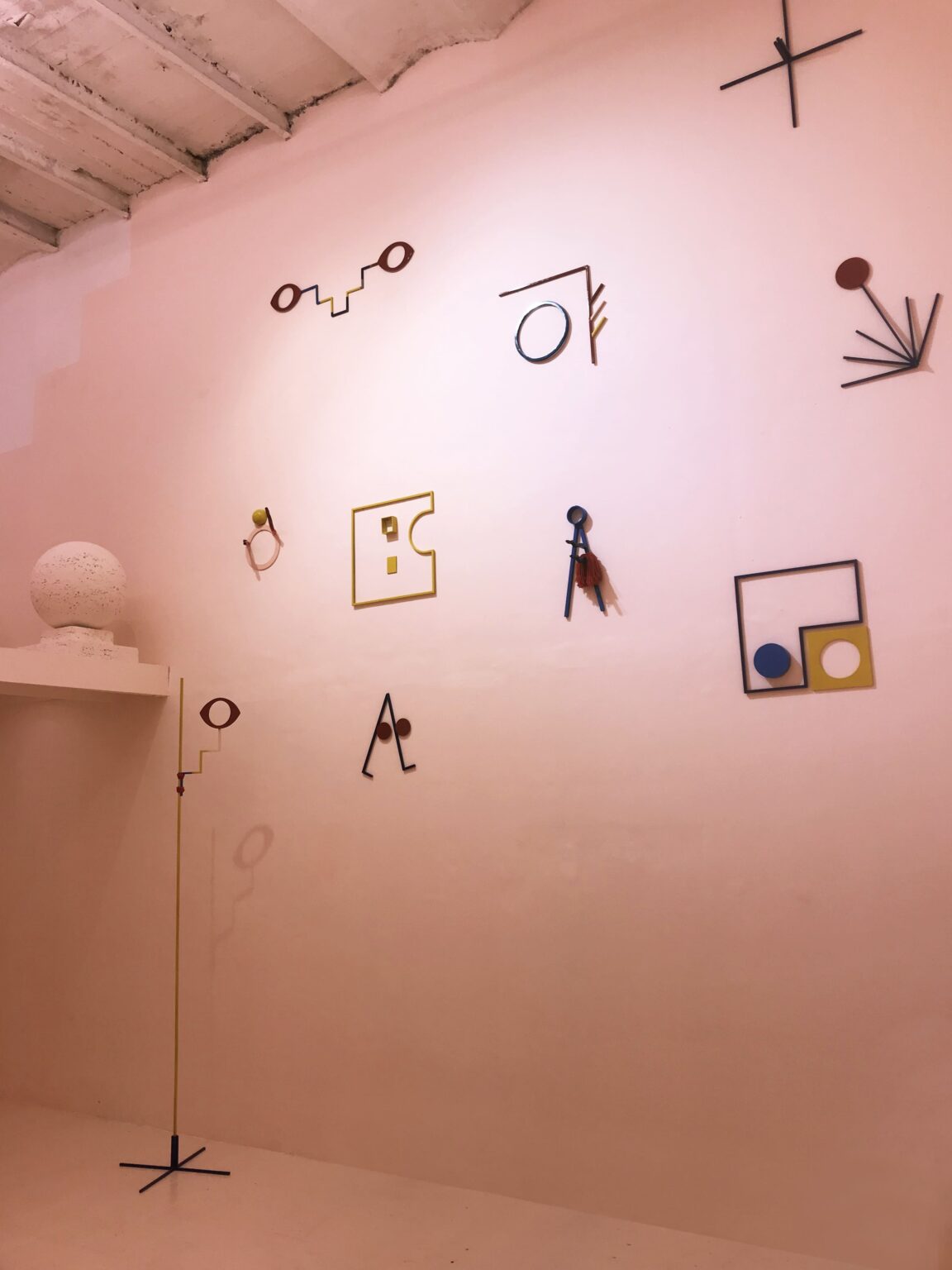In 1972, the Nakagin Capsule Tower, the first capsule apartment tower in the world, was completed in the Ginza neighborhood of Tokyo. The small removable capsules, intended to be replaced with new units every 25 years, measured 2.3 x 3.8 x 2.1 m each and featured a wall of appliances, built-in cabinets and an airplane-like bathroom. A large circular window opened on the back wall, filling the cubicle with natural light. The tower had been conceived to house tiny offices or residences for single men, the salarymen, whose lives were spent in the city’s thousands of corporate offices. The tower, recently demolished, was designed by architect Kisho Kurokawa, one of the most prominent representatives of the Metabolist movement initiated by Kenzō Tange in the 1960s. Members of this post-war movement fervently believed in the influence of space and functionality on the society and culture of the future. For this reason, their buildings were projected as structures that gave shape to a changing society, ready to adapt to what posterity could bring them. However, most metabolic projects did not last long enough to verify their effects on Japanese society. The hypothesis then remains uncorroborated, do architectural and urban structures produce forms of social organization, uses and functions of space, or do the demands of social formations result in architectural proposals that go beyond the already known uses and functions?
Guided by her intuitions about space, Mariela Vita wonders what the metabolic Nakagin Tower, an improvised gym on a beach in Rio de Janeiro, the training area of a naval military school in Ensenada, a square playground designed by sculptor Isamu Noguchi in Atlanta and a Prada store designed by Herzog & de Meuron have in common? In addition to being forms, planned or spontaneous, of architecture: places of work, rest or leisure respectively, according to the triad of zones of Le Corbusier’s modernist Functional City, they are also ways of inhabiting the urban space. They demarcate physical limits for specific activities, defining the possible and desirable movements of the bodies in each of them, but they also organize hierarchies in the arrangement of things and people and impose a series of norms and acceptable behaviors, as well as the speeches and gestures necessary for them to function correctly.
Inhabiting these spaces implies that subjects are shaped by their physical limits and by the reproduction of specific orders and knowledges, whose deviation is only possible in the movement towards the margins. Just as the small capsule home delimits the movements of the body and reduces the activities of the home to a single space, proposing a set of relationships that mostly occur alone and outside the living space; the precarious open-air gym establishes behaviors, gestures, attitudes, exercises and forms of socialization linked to the production of the body as an object of consumption in public space. Each space then reproduces a certain way of being and inhabiting the city.
Vita, on the other hand, compiles all types of spaces in a large mural of iron figures, creating a kind of utopian village in which a set of little geometric bodies bounce happily and without restrictions through the streets. From each of these small models, the artist extracts and isolates structures and elements to compose with them an assembled space of indefinable use, but waiting to be inhabited. The result is a spatial collage in which a small room measuring 2.20 x 2.40 m filled with shredded paper, a swing with cat ears, cement dumbbells, a stairs to climb up or down or simply sit and even a padded cat tongue to rest on. Un lugar a donde ir [A Place to Go] contains elements of different fixed systems of relationships, but it also creates new possible relationships in which norms and uses of space become confused and dispersed. Here, bodies can design their own experiences and ways of living, inventing gestures and movements, imagining new ways of linking with objects and occupying the limits of the known. Concrete materialities thus overflow their limits to establish an ephemeral, porous and conflictive architecture, a median between utopia and its heterotopic materialization, where subjects subvert the very conditions of materiality.
